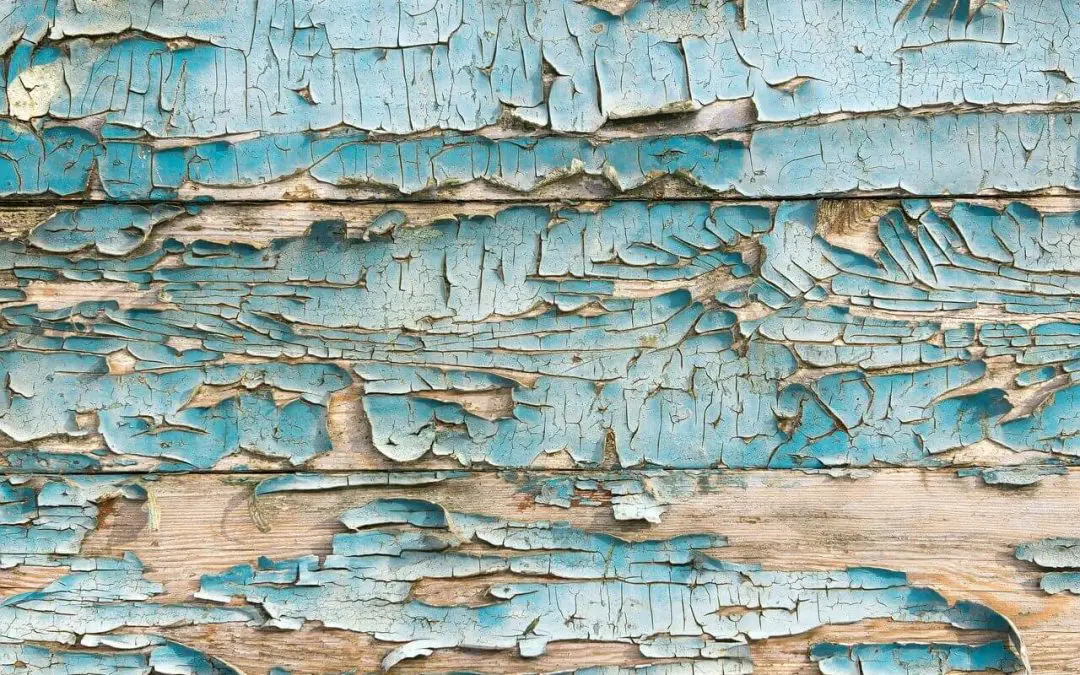Lead paint, once a common household product, has long been recognized as a health hazard, especially for children. Even though its use has been significantly reduced over the years, the remnants of this paint in older homes can still pose a substantial risk. Here are a few concerns associated with lead-based paint and the implications for homeowners.
Things to Know About Lead-Based Paint in Your Home
Dangers of Lead Paint: Lead Poisoning
One of the most significant dangers of lead-based paint is the risk of childhood lead poisoning. Children are particularly vulnerable to lead exposure because their growing bodies readily absorb and retain lead. When lead paint deteriorates, it produces lead dust and chips, which young children may ingest through hand-to-mouth contact or by breathing in contaminated air.
Lead poisoning can lead to many health problems in children, including developmental delays, learning disabilities, behavioral issues, and reduced IQ. Even low levels of lead exposure can have long-lasting and irreversible effects on a child’s cognitive and physical development.
Lead-Based Dust and Paint Chips
Deteriorating paint flakes into dust and paint chips, contaminating the surrounding environment. These lead particles can settle on floors, windowsills, and other surfaces, becoming a source of exposure. Lead dust and paint chips are hazardous if not adequately addressed.
To mitigate this risk, homeowners in older houses can test their paint. If the paint is lead-based, conduct regular inspections for deteriorating paint and promptly address issues. The safe removal or encapsulation of lead paint is essential to protect household members from exposure to lead paint dust.
Renovation and Remodeling Hazards
Another danger of lead-based paint emerges during home renovations or remodeling projects in older homes. Sanding, scraping, or demolishing surfaces may generate lead dust and debris, exposing the workers and residents to lead contamination. When undertaking renovations in a home with lead-based products, take precautions to prevent lead exposure.
The Environmental Protection Agency (EPA) has established guidelines for safe lead-based paint removal during renovation projects, emphasizing containment, proper disposal, and personal protective equipment (PPE) to ensure that dust and debris do not become airborne or spread throughout the home.
Environmental Contamination
Lead-based paint poses a risk within homes and to the broader environment. When the paint deteriorates, the flakes and dust pollute the soil around the property. Over time, soil contaminated with lead can pose a risk to children playing in the yard and affect nearby water sources.
The consequences of lead exposure, including lead poisoning and its associated developmental and cognitive impairments, make it imperative to take immediate action to address lead hazards. Regular inspections, proper renovation protocols, and a commitment to eliminating lead contamination in older homes are essential steps in protecting the health of your family.
Danny Inspections offers home inspection services to customers in the Chicago area. If you’re buying or selling a home, contact us to request an appointment.

